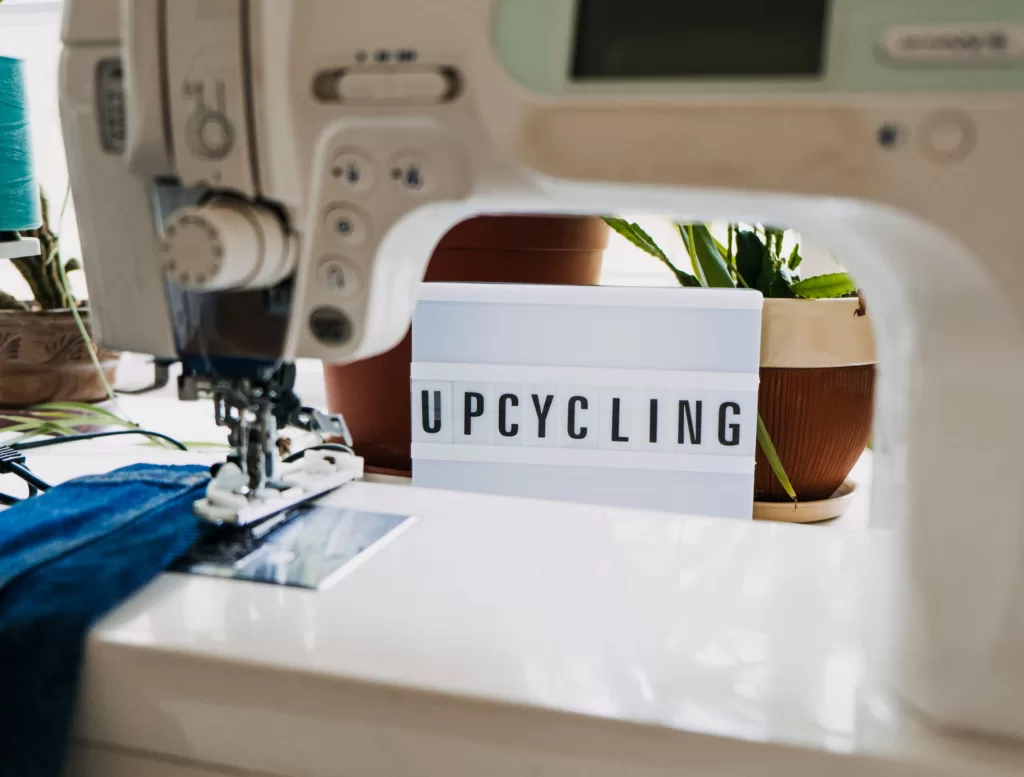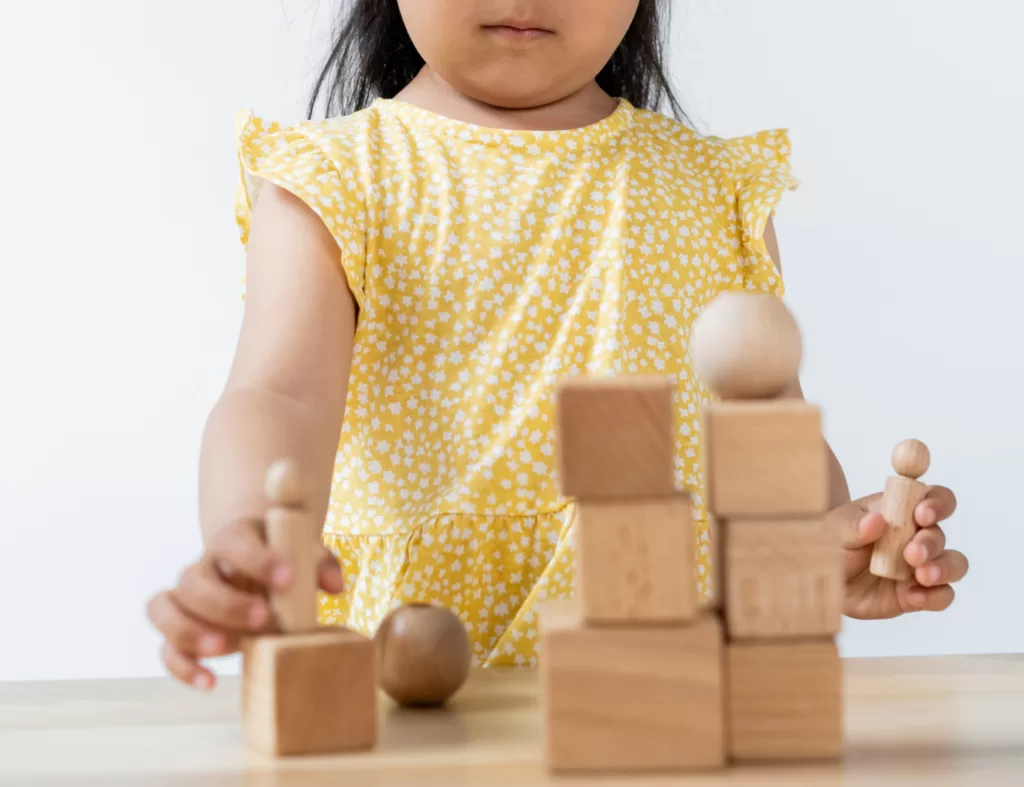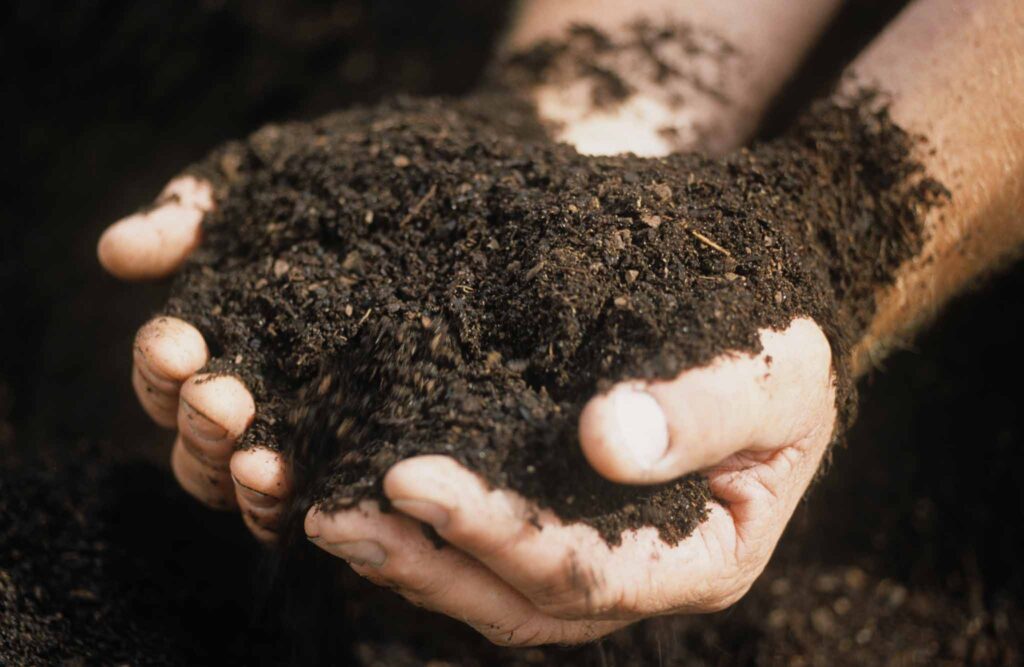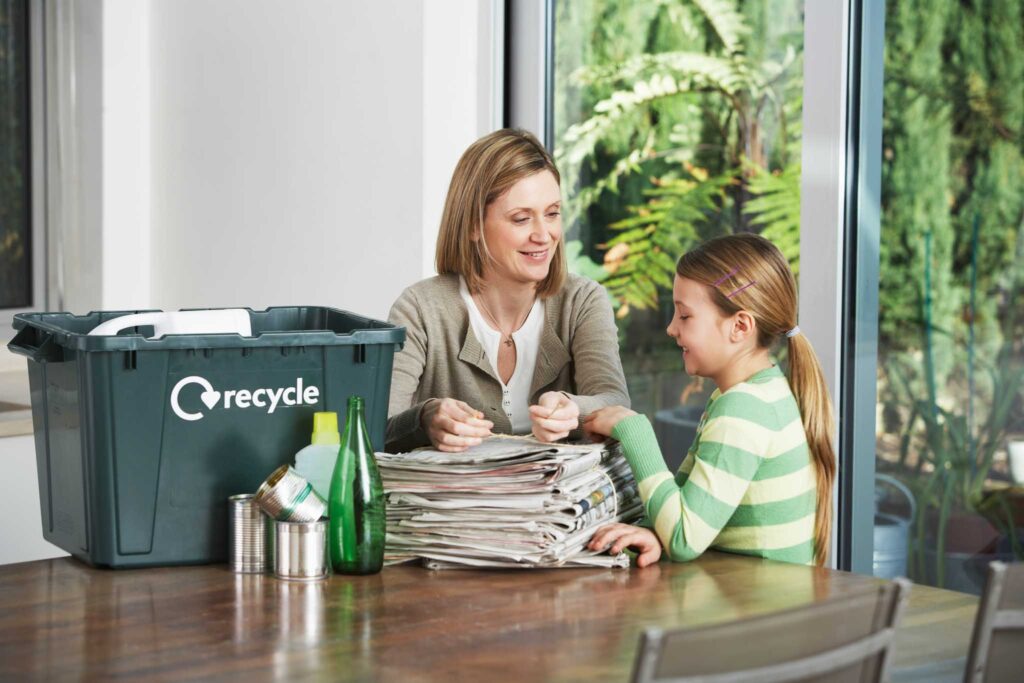How Does Upcycling Help the Environment?
Estimated reading time: 9 minutes
Our planet is in trouble, and we have a consumption addiction. We buy things made from new, raw materials delivered in plastic packaging to our home with the simple click of a button. It’s time we took a serious look at our habits and why we believe in the need for constant new items. We are generating waste at an unprecedented rate, and to simply recycle and compost is just not enough. We must investigate and practice other waste reduction strategies. I’m sure you’ve heard of the term upcycling, where old materials and objects are turned into new, higher-quality items. But how, exactly, does upcycling benefit the environment and help you lead a more sustainable lifestyle, you ask? Read on, my eco-friend!
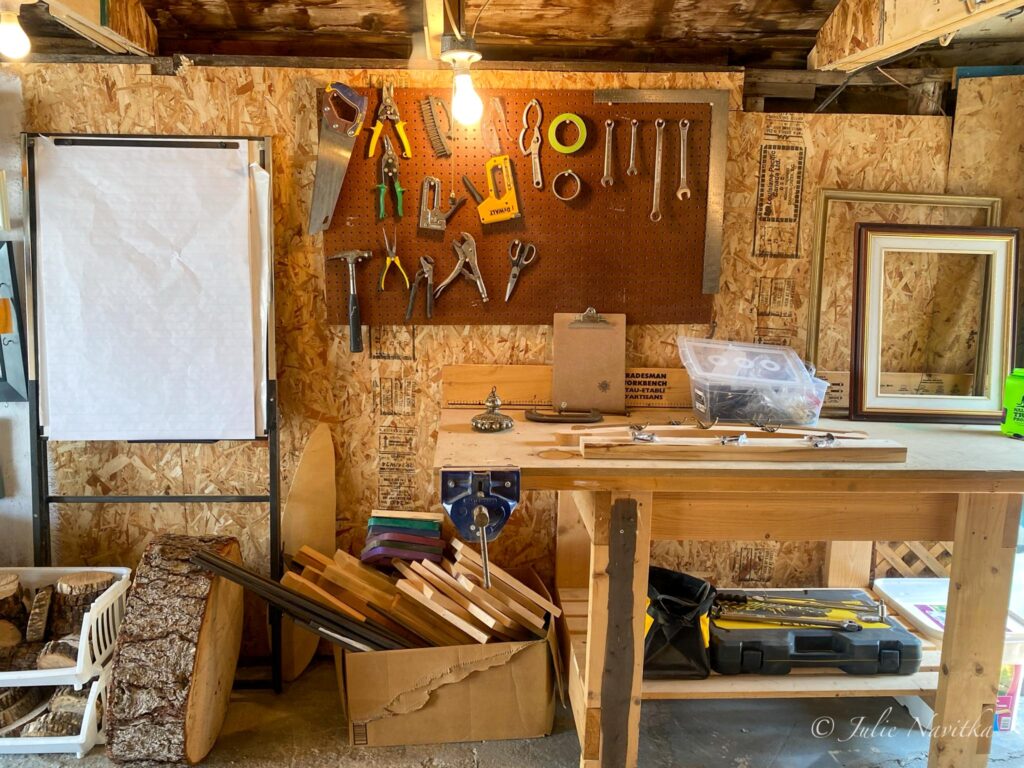
What is the difference between recycling, upcycling and downcycling?
We’re all relatively familiar with recycling. Old materials like plastic, paper, metal and glass are broken down and used to make more of the same or similar items. When we recycle, less waste is diverted to landfills, and we save new, precious resources from being used.
Downcycling is a form of recycling where the new product created is of lesser value than the original materials. For example, paper waste might be downcycled into toilet paper.
However, upcycling transforms or repurposes materials of old unwanted items into new products that are deemed to be of higher quality and value. This gives a finished product a new life by creating something new using upcycled materials from existing resources. Upcycling falls into the “repurpose” category of the 10 Rs of sustainability. One example would be using old tires to create soles for new, sustainable hiking boots.
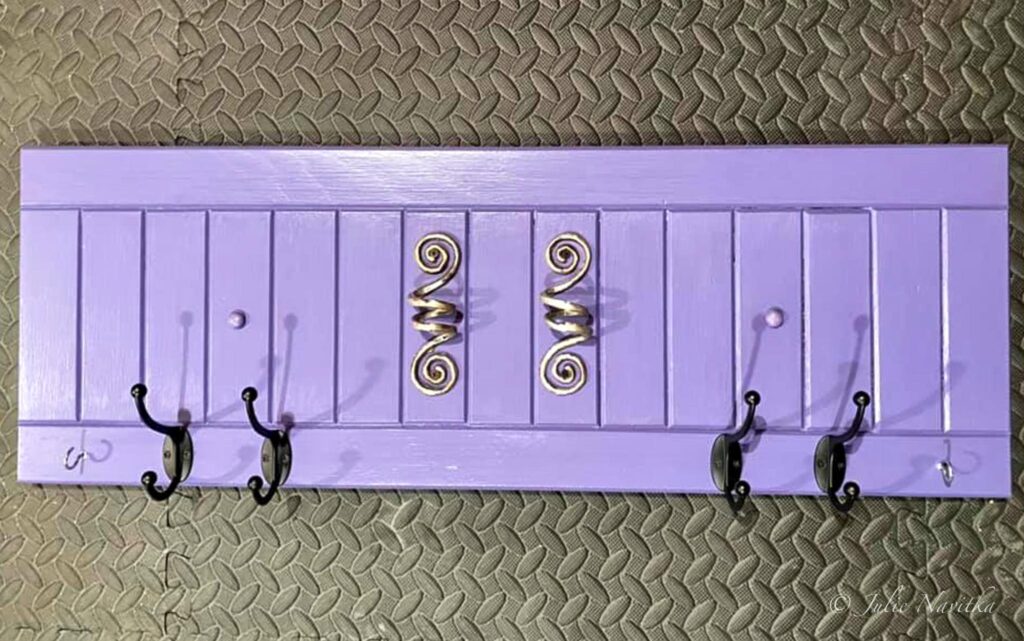
Which Products Are Easily Upcycled?
Many industries have jumped on board with upcycling. Some brands and companies in the upcycled fashion scene have started using salvaged materials to produce new clothes. Plastics are used to generate yarn and materials to make a new, higher quality product, such as shoes or beach accessories. Reusing discarded or salvaged wood to create new, unique furniture or implements is also popular. There are also endless materials that we can use as individuals to design creative upcycled products at home (more on this below!)
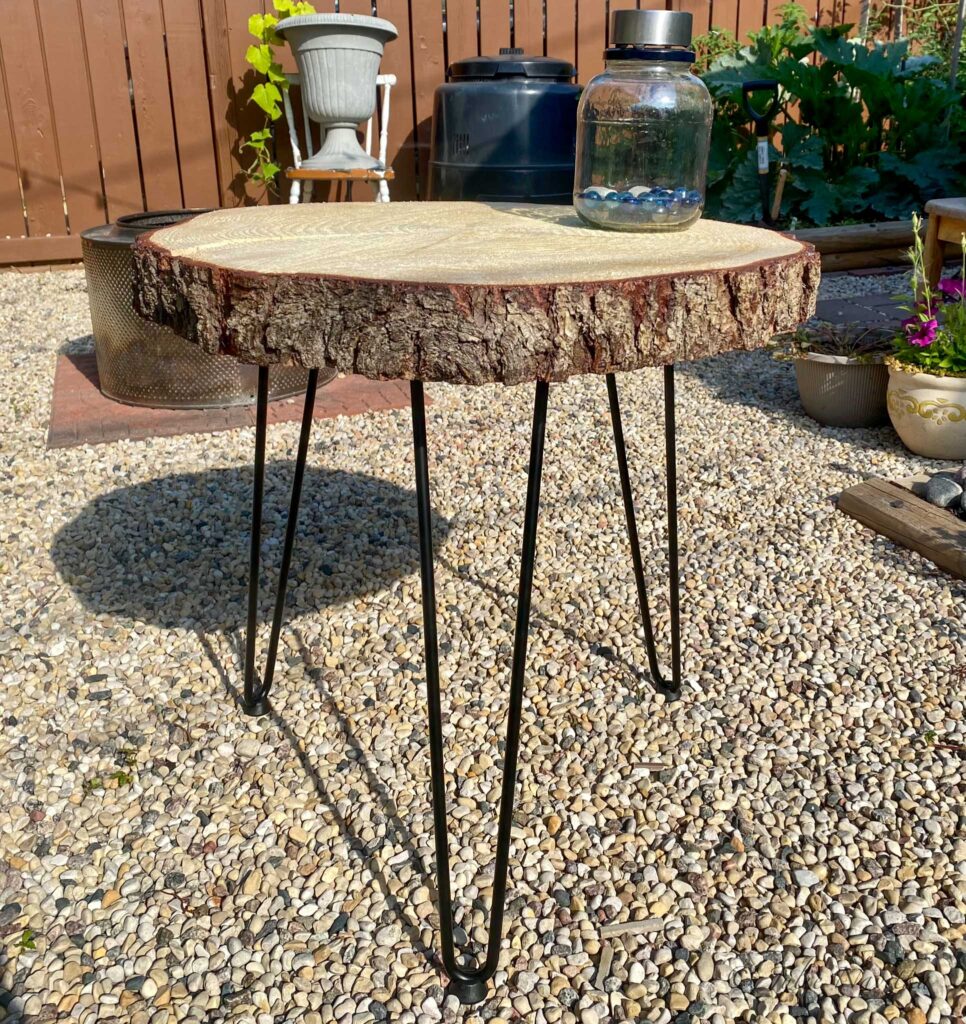
Why is Upcycling Important?
Benefits to the environment from Upcycling
There are so many benefits of upcycling, and the environment profits the most.
Reducing Landfill Waste through upcycling
Upcycling aims to reduce waste in landfills, which results in environmental benefits. Waste materials can cause water pollution by leaching toxins into the ground and water supplies. Air pollution also increases when toxic gases are released from certain materials and items as they break down in landfills. Many of these gases released in landfills are greenhouse gas emissions, contributing to climate change.
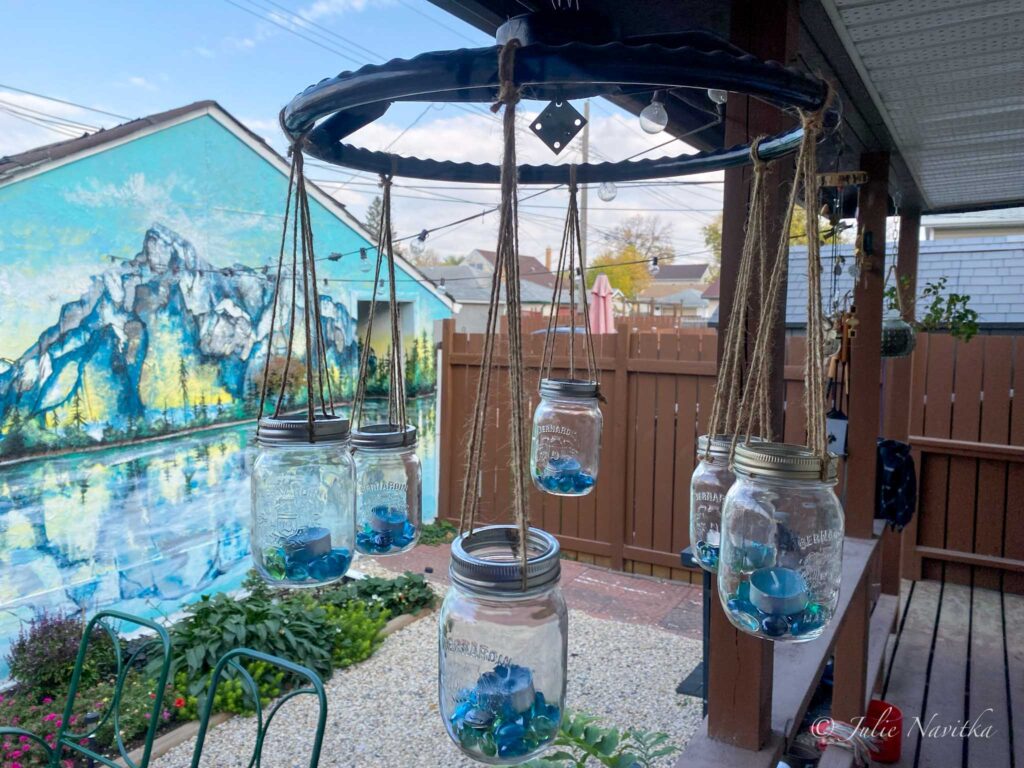
Reducing Greenhouse Gas Emissions and Resource Use
Another way that upcycling benefits the environment is that it reduces greenhouse gas emissions is by allowing manufacturers to skip most of the production process required when using new or raw materials. Less manufacturing saves energy, resulting in fewer emissions and a smaller carbon footprint.
Precious, valuable resources, like water or trees, are preserved by using salvaged or leftover goods and materials to create upcycled items. With the overuse and extraction of natural resources being a significant concern in sustainability, this is one of the most attractive upcycling benefits.

Why is upcycling better for the environment than recycling?
Although recycling and upcycling both have a positive impact on the environment, upcycling benefits the planet in ways that recycling does not.
When material such as plastic waste is recycled, it goes through industrial processes to break it down and transform it into new materials or recreate the same product. This process requires energy consumption, generating a more significant adverse environmental impact. Upcycling repurposes materials and products into more usable forms rather than breaking them down in this way.
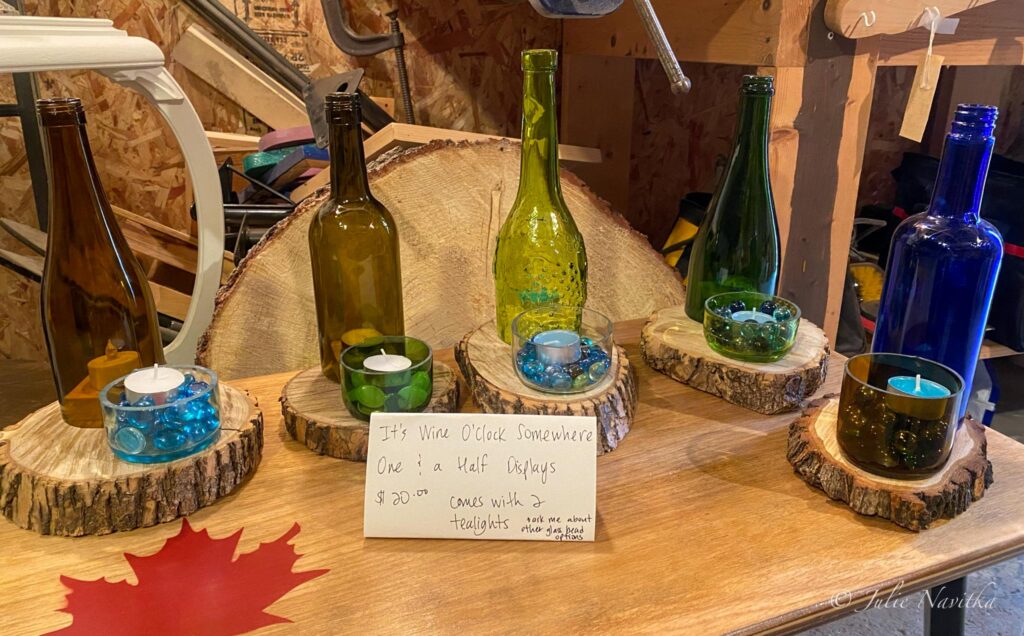
Social and Economic Benefits of Upcycling
Shop From Businesses That Upcycle
Many rural village industries and small local businesses use salvaged materials to create beautiful, upcycled products such as handbags, hats, clothing and upcycled art. By purchasing these goods and having them enter the global supply chain, we create a more circular economy and allow craftspeople to earn a wage from their skills.
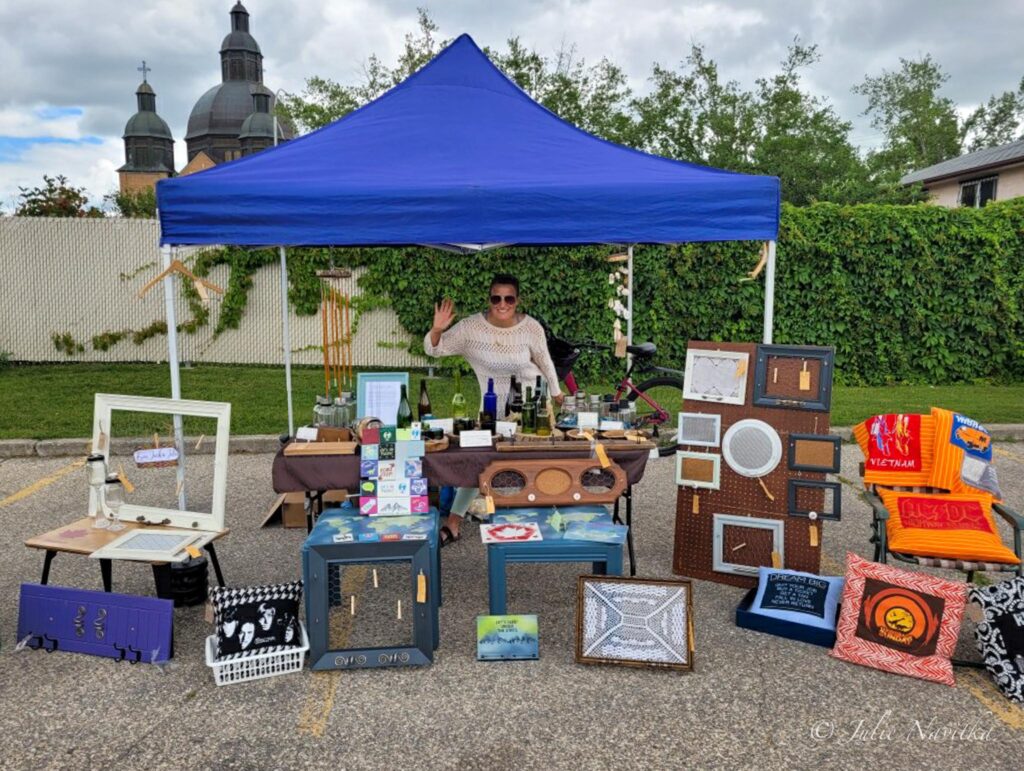
Creating your own upcycled items
Upcycling otherwise discarded everyday objects and materials in our own homes help us be more sustainable on a budget! Buying new products is expensive. Rather than throw things away, creating more waste, why not give them a second life? Old objects can be reused in many ways to produce unique, functional and useful items. And if you get good at it, consider starting your own upcycled business as I did during the pandemic!

Upcycling Ideas
Here’s the fun part! Ready to spark your creativity and imagination? Next time you find yourself putting an old object in the garbage, first ask yourself if you could reuse the item as is. Next, think of some creative ideas to repurpose it to give it a new life. Perhaps you could use this as a DIY upcycling project for you and your child to do together to teach them about sustainability. I used to have my students upcycle items and materials no longer used from the classroom in their projects!
Upcycling doesn’t always require great skill, but you may need some inspiration. For some reason, I had a knack for seeing what cool things old maps, jars, and randomly discarded items could become. If you need help finding an idea about how to reuse or repurpose items into something new, there are millions of ideas online. Below are some of the ways I liked to upcycle.
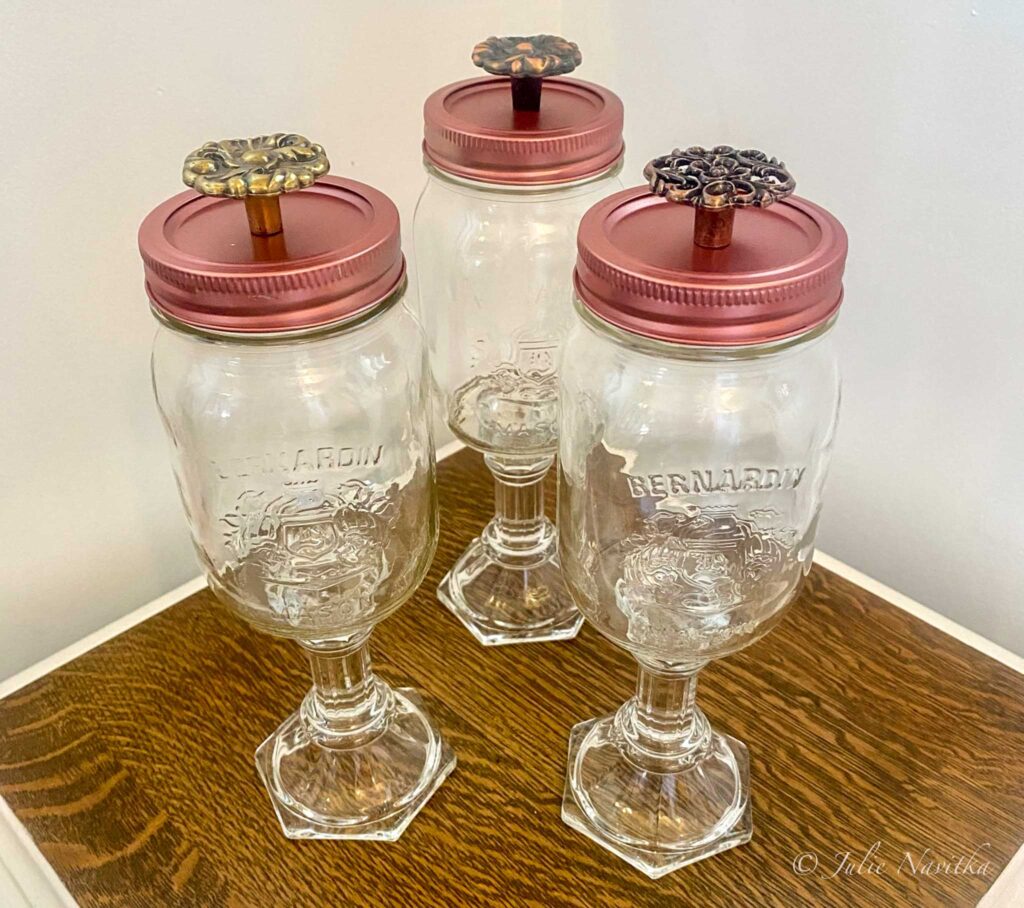
Upcycle Common Household Items
Many of the upcycled products I created were jewellery organizers made from old picture frames. After I mastered this skill, I started using mason jars to make solar patio lights. Another example of a finished upcycled product I designed and sold through my business was candle decor and centrepieces made from old wine bottles and salvaged wood. You can reuse leftover flooring or backsplash tiles to paint cute fridge magnets or Christmas tree decorations. The innovative ways items can be repurposed to save them from the landfill are endless.
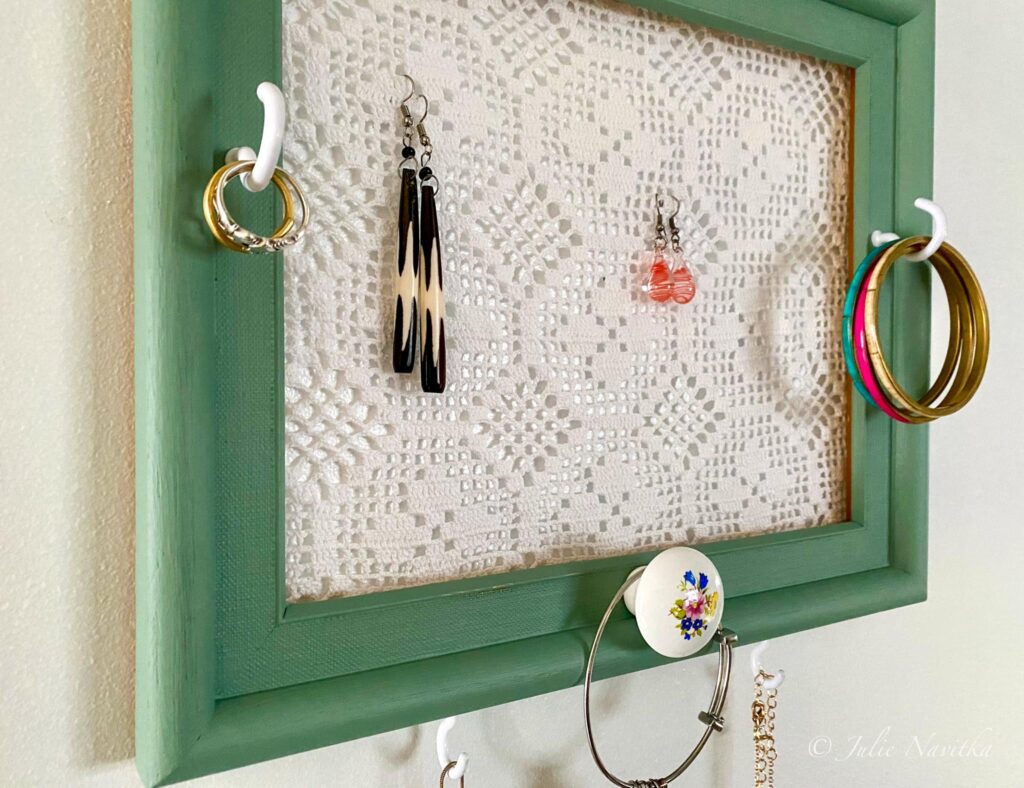
Hot Tip: creations made with upcycled materials make excellent eco-friendly gifts for the tree hugger in your life!
Repurpose Old Clothing and Furniture
Another way to lead a more sustainable lifestyle is to upcycle clothing and old materials so you no longer have to rely on the home decor and fashion industry. For example, you’ve saved yourself a trip to Home Sense by reusing an old t-shirt to make a throw pillow cover. Turning a pair of old jeans into a handbag may not sound easy, but the process is quite simple!
Have some old furniture not living its life to the fullest extent? Find some leftover new materials at the thrift store and recover them for a new look! Or liven it up by refinishing or repainting it. Perhaps you’ll completely repurpose it, like turning an old dresser into a bench for your foyer.

In conclusion
I hope you now understand the difference between recycling and upcycling and the many environmental benefits of upcycling. Reducing the use of energy, raw materials and natural resources, and keeping items out of the landfill being the most prominent. Making eco-conscious consumer choices should be our number one priority. If you want to get that warm, fuzzy feeling that happens when you make a difference for the planet, then reduce, reuse, upcycle!

Some great sites to check out for Upcycling Inspiration
Pinterest – and eco-friendly crafting library!
From Junk to Jules – my little upcycling business on Facebook

